From December 16-18, 2019, the United Nations High Commissioner for Refugees (UNHCR) organized the first Global Refugee Forum. The by-invitation event had two objectives: to serve as a platform to announce financial and other support, including opportunities for refugee resettlement; and to exchange good practices on refugee livelihoods, infrastructure, and protection. According to UNHCR head Filippo Grandi, “The purpose of this meeting … is not just to talk but to rally international support for countries hosting refugees in a spirit and with the objective of sharing the burden more equitably.”
The Forum came exactly a year after the U.N. General Assembly affirmed the Global Compact on Refugees. Set in motion in 2016, the compact aimed at more predictable and equitable worldwide responsibility-sharing. It was to be a unique opportunity to transform how the world responds to refugees, benefiting them and hosting communities. Building on existing international legislation—including the 1951 Refugee Convention and human rights treaties—key objectives were (i) to ease pressures on host countries; (ii) enhance refugee self-reliance; (iii) expand access to third-country solutions; (iv) support conditions in countries of origin for safe and dignified returns.
Half the refugees in 2018 were children under 18.
In the meantime, the global forced displacement crisis continues unabated. There are 71 million forcibly displaced people in the world as a result of persecution, conflict, violence, or human rights violations—on average, 37,000 new people are forced to flee their homes every day. Of these, 25.9 million are refugees living in foreign lands and 41.3 million are internally displaced peoples (IDPs). There are also 3.5 million asylum-seekers. Some 13.6 million people were newly displaced due to conflict or persecution in 2018—10.8 million IDPs and 2.8 million refugees and asylum-seekers.
Half the refugees in 2018 were children under 18. That year alone saw 111,000 unaccompanied and separated child refugees while 27,600 unaccompanied and separated children sought asylum. Both numbers are considered significant underestimates.
Developed countries hosted 16 percent of refugees; developing countries took in 84 percent. More than 57 percent of refugees came from three countries: Syria (6.7 million), Afghanistan (2.7 million), and South Sudan (2.3 million). Turkey hosted the largest number of refugees worldwide, with 3.7 million, followed by Pakistan (1.4 million), Uganda (1.2 million), Sudan (1.1 million), and Germany (1.1 million). As a share of population, Lebanon hosts the most with 156 refugees per 1,000 citizens; Jordan comes second with 72 per 1,000.
In 2018, just 2.9 million displaced people returned to areas or countries of origin, including 2.3 million IDPs and 600,000 refugees. According to statistics from governments, 25 countries accepted just 92,400 refugees for resettlement in 2018. These numbers highlight the weak global response, notwithstanding the positive rhetoric from Geneva and the U.N.
In fact, those countries with the most resources and providing the most asylum are reversing themselves. The Norwegian Refugee Council notes that since 2018 “borders have closed for families seeking protection, refugee quotas slashed, and poor host countries left with little international support.” In July 2019, the U.S. proposed a refugee resettlement ceiling of 18,000 for fiscal year 2020, a 40 percent cut from the previous year’s 30,000, itself a record low following on fiscal 2018’s 45,000, also the lowest until then. This contrasts with an average of around 100,000 annually in the 1990s and 97,000 as recently as 2016 when the Obama administration reacted to the current crisis.
To fight illegal migration, the EU was to offer more legal pathways to safely move people from non-EU countries to EU countries. Some 18,563 were resettled between 2015 and 2017. In September 2017, the European Commission aimed for 50,000 by October 2019; some 37,520 were resettled with the total number to be reached by the end of 2019. This number barely makes a dent in the stock of refugees while the flow into Europe—124,000 migrants and refugees arrived in 2019—continues. In the meantime, Austria and others led by populist/nativist politicians have closed all doors to asylum-seekers. Perhaps most telling of the mood in parts of Europe was incoming European Commission President Ursula von der Leyen’s renaming of the former “migration, home affairs, and citizenship” portfolio first as the office for “protecting our European way of life,” then compromising (!) to the office for “promoting our European way of life.”
The $16 billion raised for refugees is less than three-fifths of estimated needs.
The Global Refugee Forum did raise some funds—$3 billion from multilateral development agencies and $250 million in cash and kind from private sources. Much of this comes from repackaging existing funds. Moreover, the $16 billion raised for refugees is less than three-fifths of estimated needs. Longer-term needs such as education and health for children who constitute half the global refugee population remain far from being met. This will mean millions of kids with little hope of bettering themselves, most living in the world’s most fragile regions. And we know that the despair and its manifestations do not stay confined to these regions. Now is the time to deal with this challenge, when the problem is still manageable. We should not await the development of crime- and radicalization-prone underclasses and then pour in billions toward makeshift solutions.
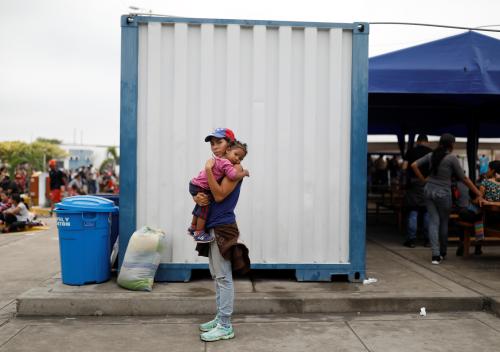
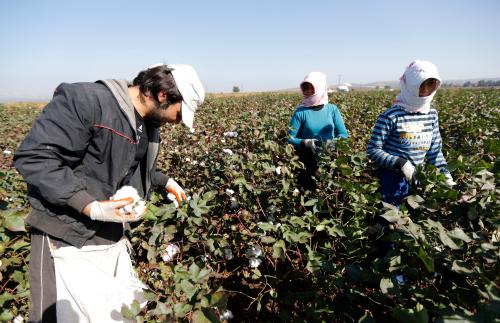
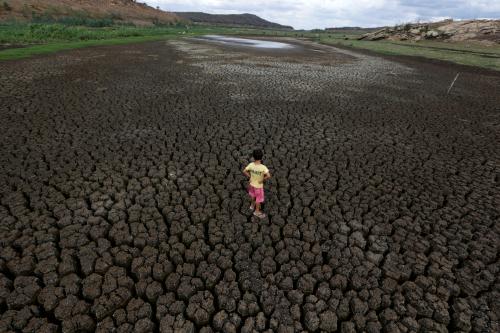
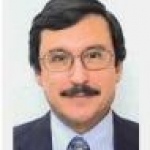
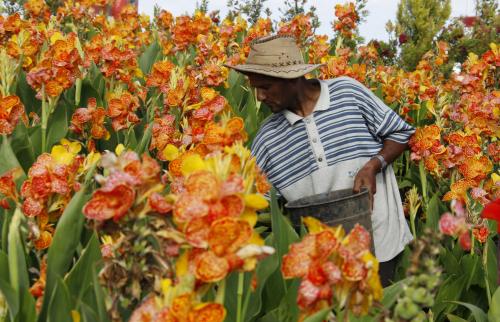
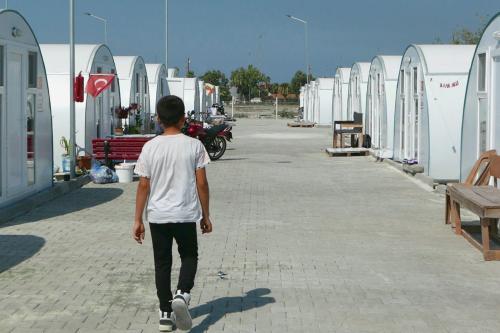
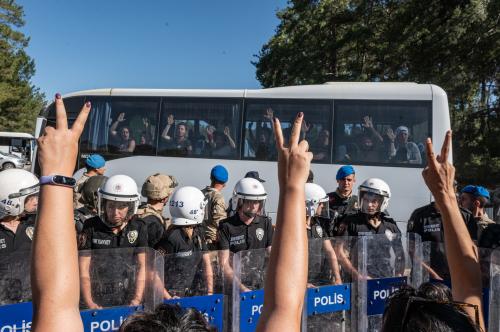
Commentary
Sharing the burden of the global refugee crisis
January 27, 2020